THE FIBER
You can search about the Fiber knowledge.
Text By KATS TANAKA
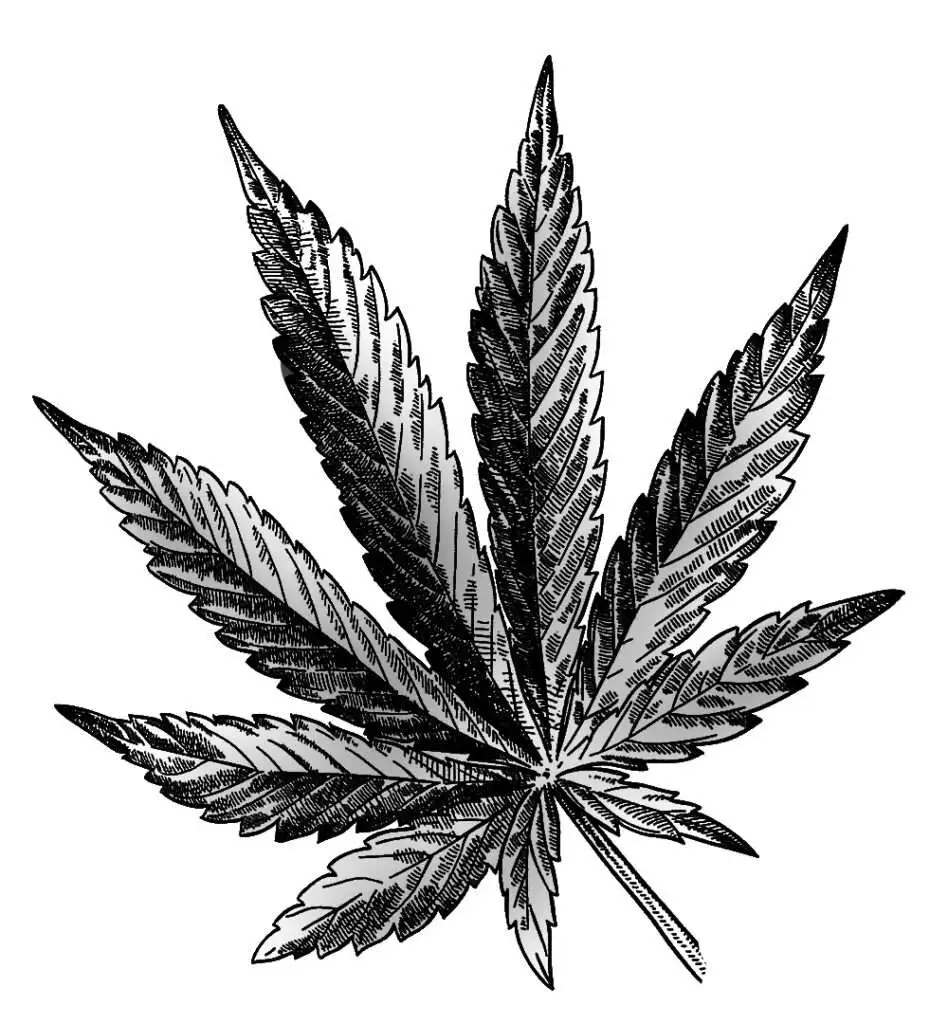
この植物の中で衣料などに使用されているものは麻(ヘンプ)としても知られていますがこの言葉はしばしば非薬物使用のために栽培されたカンナビスの品種のみを指すのに用いられます。大麻(カンナビス)は古くから、大麻繊維、大麻種子とその油、野菜やジュースとしての大麻の葉は薬用、娯楽用麻薬として利用されてきました。産業用の麻(ヘンプ)製品は豊富な繊維を生成するように選択された大麻の植物から作られています。大麻(カンナビス)はカンナビノイドの一種であるテトラヒドロカンナビノール(THC)の濃度が高いものから低いものまでさまざまな品種が育種されてきました。大麻からはハシシやハッシュオイルなどの化合物が抽出されます。
There are several reasons why people may not understand the difference between hemp and cannabis:
■ Lack of education: Many people are simply not familiar with the differences between hemp and cannabis and may not have had access to accurate information about the two plants.
■ Similar appearance: Hemp and cannabis plants can look very similar, especially to the untrained eye. This can make it difficult for people to differentiate between the two.
■ Stigma and confusion: Cannabis has been illegal in many parts of the world for a long time, and this has created a lot of stigma and confusion around the plant. Some people may not be aware that hemp and cannabis are different varieties of the same plant.
■ Changing laws: As laws around cannabis and hemp change, it can be difficult for people to keep up with the latest information and understand what is legal and what is not.
Overall, education and accurate information can help to clarify the differences between hemp and cannabis and help people to understand the benefits and uses of each plant.
ヘンプと大麻の違いを理解できないのには、いくつかの理由があるようです。
■ 教育不足。多くの人は麻(ヘンプ)と大麻(カンナビス)の違いについてよく知らないだけで2つの植物に関する正確な情報にアクセスしたことがない可能性があります。
■ 外観が非常に似ている。麻(ヘンプ)と大麻(カンナビス)は特に素人目には非常によく似ているように見えます。そのため両者を区別することが困難な場合があります。
■ 差別・混乱・偏見。大麻は長い間、世界の多くの地域で違法とされてきたためこの植物に多くの汚名と混乱がもたらされてきました。ヘンプと大麻が同じ植物の異なる品種であることを知らない人も多いかもしれません。
■ 法律の変化 大麻とヘンプをめぐる法律が変わるにつれ人々が最新の情報を入手し何が合法で何が違法かを理解することが困難になる可能性があります。
全体として教育や正確な情報で麻(ヘンプ)と大麻(カンナビス)の違いを明確にした方がそれぞれの植物の利点や用途を理解するのに役立つと思われています。
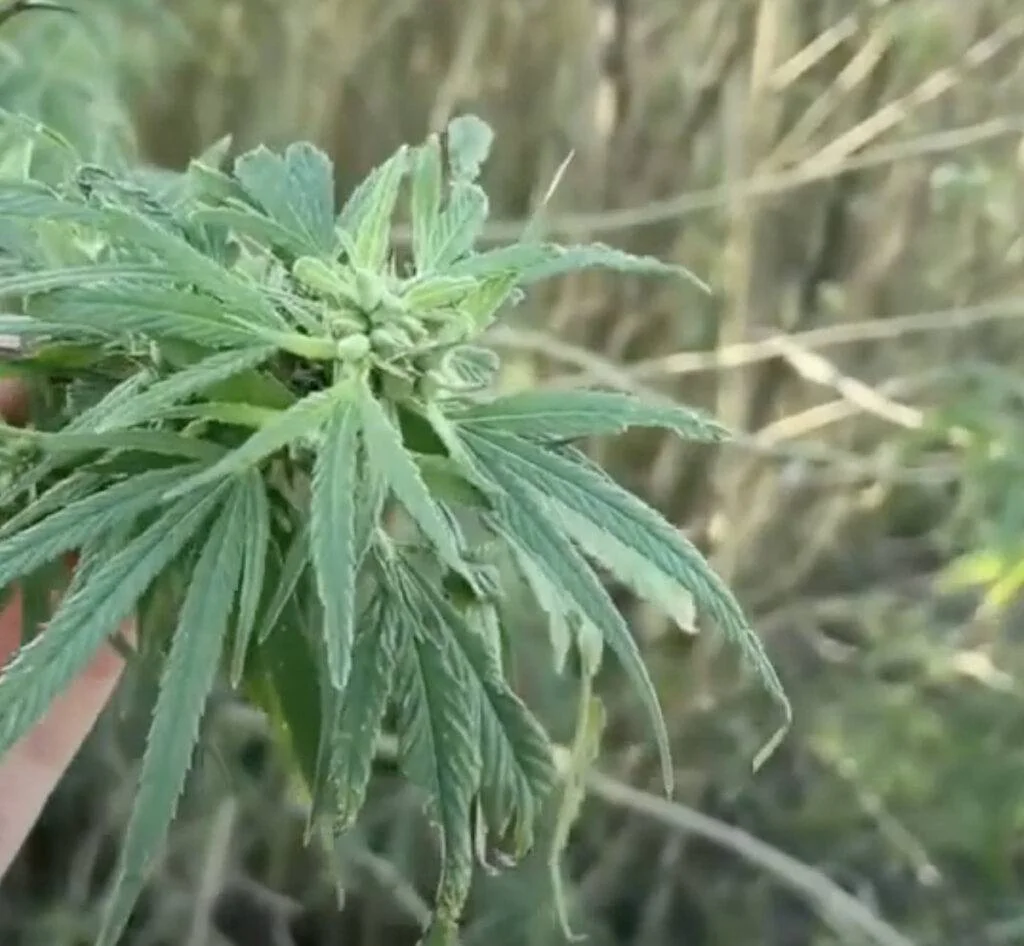
Another possible source of origin is the Assyrian word qunnabu, which was the name for a source of oil, fiber, and medicine in the 1st millennium BC. In other Germanic languages, such as Dutch, Danish, Norwegian, Saterland Frisian, German, Icelandic, and Swedish, cognates of the word “hemp” exist. In these languages, “hemp” can refer to either industrial fiber hemp or narcotic cannabis strains.
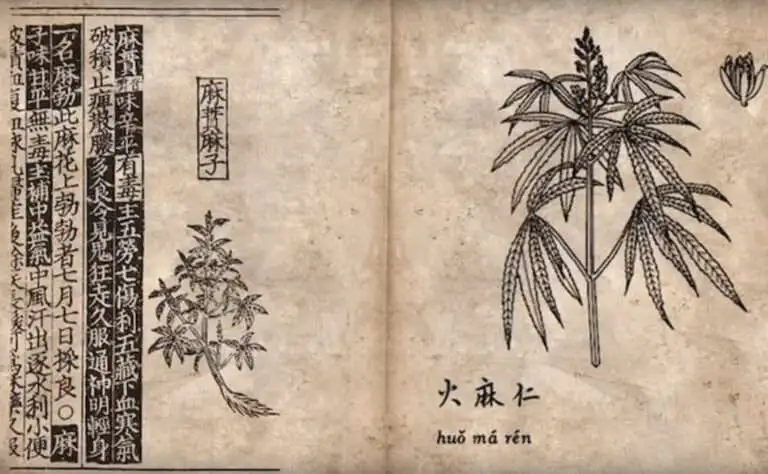
麻は、縄や織物だけでなく、紙にも利用されていた。麻の繊維と桑の樹皮を砕いてパルプにし、水を混ぜて水切りし、平らな型に入れて乾燥させたものが、初期の紙である。最初の麻紙工場は、紀元前8世紀には中国と中東の一部で生まれたと考えられている。紙に書かれた最古の文書である紀元前2〜3世紀の仏典には、この中国産の麻紙が使われている。印刷と切っても切れない関係にある「紙」が発明されたのは、中国の後漢時代です。当時、官廷の役人だった蔡倫という人が、木の皮や麻などの植物繊維を砕いて抄いたのが始まりです。西暦105年のことでした。それまで使われていた竹簡や木簡と比べてはるかに優れた、書写のための画期的な材料であることが認められたのです。現代につながる製紙技法の誕生です。

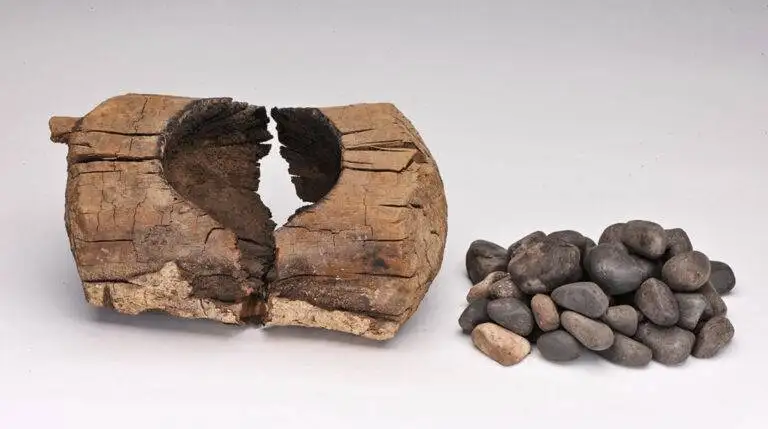
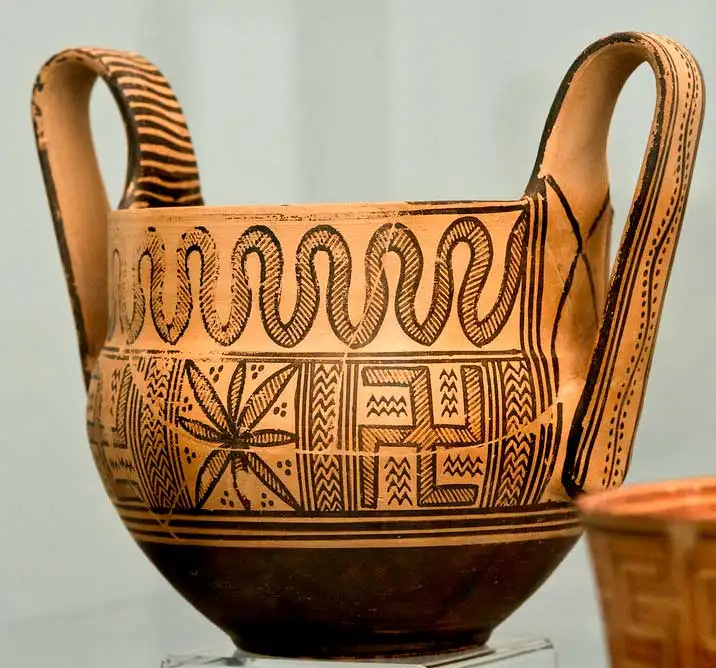
The ancient Greek historian Herodotus documented between 450 and 420 BCE,
the cannabis use among the nomadic Scythian tribes that habitually traversed northern Greece and Asia Minor.
織物の専門家であるエリザベス・ウェイランド・バーバーは、「新石器時代には、ヨーロッパ(ドイツ、スイス、オーストリア、ルーマニア、ウクライナ)から東アジア(チベット、中国)にかけて、北緯全域でカンナビス・サティバが栽培されて知られていた」、しかし「西洋では比較的遅く鉄器時代までカンナビス・サティバの織物の使用が確実には確認されていない」と歴史的証拠を要約しています。「しかしヘンプをカルチゲンとして突然有名になり紀元前千年前後に西方へ急速に広まったのはもともと薬物を持つ品種の植物が発生していた中央アジア南部のどこかからマリファナを吸う習慣が広がったことではないかと予測しています。言語学的な観点からもカンナビスの普及の時期と方向などが一致しているのではないかと予測されています。
2世紀のパレスチナに住んでいたユダヤ人は、ミシュナやアルムと並んで”苗から成長するのに3年かかる植物”のとして言及されていることからも、ヘンプの栽培に精通していたのではないかと予測されています。中世後期のドイツやイタリアでは麻はパイやトルテの具としてあるいはスープに煮込んで調理料理に用いられました。後期ヨーロッパにおける麻は主に繊維として栽培されコロンブスをはじめ多くの船のロープに用いられました。麻を布として使用するのは主に田舎が中心でより質の高い織物は町で手に入れることができました。(実際歴史学者は20世紀以前は世界の全衣類の約80%が麻類でできていたと推定しています。)
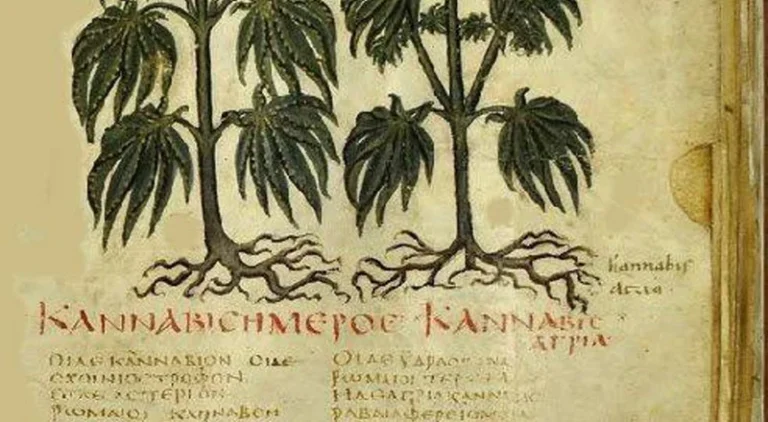
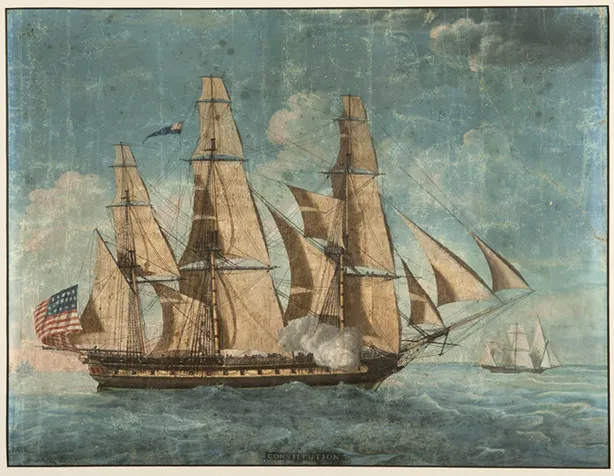
Cannabis sativa (Hemp) During the colonial period, Spain played a significant role in the spread of hemp cultivation in the Americas. The Spanish Empire established colonies across Central and South America, bringing with them the knowledge and resources necessary for hemp cultivation. In the 1500s, Spanish colonizers introduced hemp to what is now Mexico, where it became a major cash crop. The plant was used for rope, textiles, paper, and other industrial purposes. Hemp cultivation continued to spread throughout the Spanish colonies, in Chile starting about 1545. including what is now the southwestern United States.
The Spanish also played a role in the introduction of hemp to the Caribbean, where it became an important crop on plantations. Hemp fiber was used to make sails and rigging for Spanish galleons, which were used to transport goods and people across the Atlantic Ocean. Spanish ships also brought hemp to the Philippines, where it became an important cash crop.Samuel Champlain reported the use of grass and hemp clothing by the (Wampanoag) people of Cape Cod and the (Nauset) people of Plymouth Bay told him they harvested hemp in their region where it grew wild to a height of 4 to 5 ft. In May 1607, “hempe” was among the crops Gabriel Archer observed being cultivated by the natives at the main Powhatan village, where Richmond, Virginia, is now situated; and in 1613, Samuell Argall reported wild hemp “better than that in England” growing along the shores of the upper Potomac. As early as 1619, the first Virginia House of Burgesses passed an Act requiring all planters in Virginia to sow “both English and Indian” hemp on their plantations. The Puritans are first known to have cultivated hemp in New England in 1645. The Spanish influence on hemp in America continued through the 18th and 19th centuries. Spanish colonizers in California continued to cultivate hemp for industrial uses, and hemp was also grown in what is now Texas, New Mexico, and other southwestern states. In fact, the city of Córdoba in Argentina was once a major center for hemp production, and the plant was used to make rope, twine, and other products.Today, the Spanish legacy of hemp cultivation in the Americas can still be seen in places like Mexico and South America, where hemp continues to be grown for a variety of industrial uses.
カンナビスサティバは1512年にスペイン人がアメリカ大陸に麻を持ち込み、1545年頃からチリで栽培を開始された記録が残っています。ペルー、コロンビア、メキシコでも同様の試みが行われたが、麻の栽培が成功したのはチリだけでした。1605年7月Samuel ChamplainはケープコッドのWampanoag族が草や麻の衣服を使用していることを報告しています。またプリマス湾のNauset族は、麻が4〜5フィートの高さにまで自生する彼らの地域で収穫していることを話していた記録が残っています。1607年5月には、Gabriel Archerが現在バージニア州リッチモンドにあるポーハッタン村の中心部で先住民が栽培している作物に「ヘンプ」が含まれていることを確認しており、1613年にはSamuell Argallがポトマック上流の海岸沿いに「英国のものより良い」野生のヘンプが生えていると報告しています。1619年には、最初のバージニア州議会が、バージニア州のすべての耕作者が自分の農園に「イングランドとインディアンの両方」の麻をまくことを義務づける法律を可決しています。1645年、ニューイングランドでピューリタンが初めて麻を栽培したことが知られています。
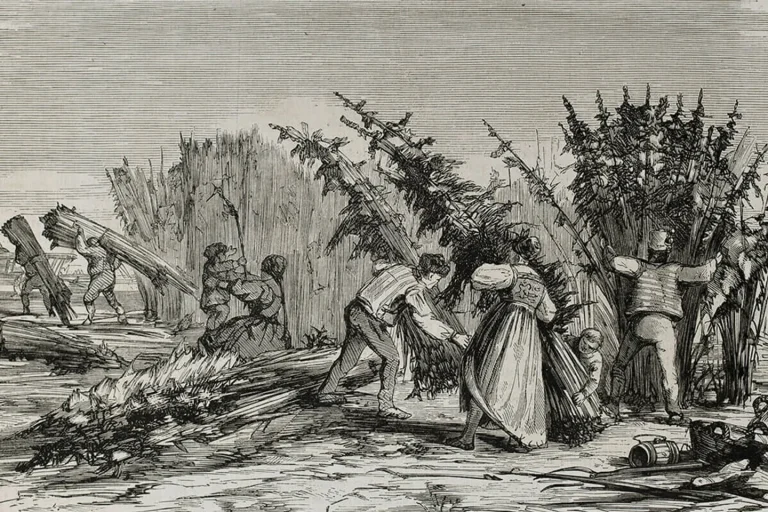
One claim is that Hearst believed his extensive timber holdings were threatened by the invention of the decorticator, which he feared would allow hemp to become a cheap substitute for the paper pulp used for newspapers. However, research suggests that this fear was unfounded, as improvements to the decorticators in the 1930s could not make hemp fiber a cheaper substitute for fibers from other sources. Another claim is that Mellon, the Secretary of the Treasury and the wealthiest man in America at the time, had invested heavily in DuPont’s new synthetic fiber, nylon, and believed that the replacement of hemp was integral to the new product’s success. While DuPont and many industrial historians dispute a link between nylon and hemp, nylon became immediately a scarce commodity. During World War II, the U.S. government lifted the tax on hemp cultivation, and hemp was used extensively to make uniforms, canvas, and rope. The U.S. produced a short film in 1942 called Hemp for Victory, promoting hemp as a necessary crop to win the war. U.S. farmers participated in the campaign to increase U.S. hemp production to 36,000 acres in 1942, which was more than 20 times the production in 1941 before the war effort. In 1994, Executive Order 12919 identified hemp as a strategic national product that should be stockpiled.
ジョージ・ワシントンは、麻がロープや布の原料となる貴重な換金作物であることから麻の栽培を推奨していました。1765年5月の日記には”4月中旬まで毎日麻の実を蒔き10月に27ブッシェルを収穫した”と記されています。花に含まれるTHCを摂取するために雌株を栽培していたのではという説もありますが日記に添えられたコメントでは雄株の方が茎が太く粗いからだと説明されています。また、ワシントンはアジアからインド麻を輸入し繊維や一部の生産者によっては麻酔として生産していたことから工業用にも麻を栽培していた可能性が高いです。1796年植物を管理していたウィリアム・ピアースに宛てた手紙には、前年に植えたインディアンヘンプは普通の麻よりも価値が高いのでもう一度すべて播種してほしいと書いている手紙が見つかっています。その他、トーマス・ジェファーソン、ジェームズ・マディソン、ジェームズ・モンロー、アンドリュー・ジャクソン、ザカリー・テイラー、フランクリン・ピアースなどのアメリカ大統領が麻を栽培していたことが知られています。南北戦争前のケンタッキー州では、麻の生産が経済の大きな部分を占めており、多くの奴隷が麻を生産する農園で働いていました。しかし1937年にアメリカで大麻税法が制定され、大麻、ヘンプ、マリファナを商業的に扱う者に課税されることになりました。この法律の成立には、実業家のアンドリュー・メロン、ランドルフ・ハースト、デュポン一族が関わっており、アメリカの麻産業を壊滅させることを目的としていた可能性があります。ハーストは自分の所有する広大な木材がデコルティケーター(繊維を分離する機械)の発明によって脅かされると考え、ヘンプが新聞に使われる紙パルプの安価な代替品になることを恐れたとも言われています。しかしヘンプ繊維を他の繊維の安価な代用品にすることはできずにこの懸念は杞憂に終わったことが研究により明らかになりました。また当時アメリカで最も裕福な財務長官であったメロンがデュポンの新しい合成繊維であるナイロンに多額の投資をしていたので、麻の代替がこの新製品の成功に不可欠であると考えたという説もあります。デュポン社や多くの産業史研究者はナイロンと麻の関連性に異議を唱えていますが第二次世界大戦中にナイロンはたちまち希少価値な繊維となりました。アメリカ政府は麻の栽培税を解除して、麻は軍服、帆布、ロープなどに多用されるようになっりました。アメリカは1942年に「Hemp for Victory」という短編映画を制作しており、ヘンプが戦争に勝つために必要な作物であると宣伝しました。米国の農家もこのキャンペーンに参加し1942年には米国のヘンプ生産量は36,000エーカーになり戦前の1941年の20倍以上の生産量になりました。1994年、大統領令12919号は、ヘンプを備蓄すべき国家戦略物資と位置づけました。
(それ以前にフェニキア人やスペインなどから素材として入ってきた可能性もあるが)大航海時代ポルトガルの探検家たちはブラジルから麻を持ち帰り栽培を始めたと言われています。1640年から1656年までポルトガルを統治したのは「レストアラー(修復師)」とも呼ばれるジョン4世の治世下麻はポルトガルの経済と産業において重要な役割を担っていました。当時ポルトガルはまだ海軍大国で麻はロープや帆の生産に不可欠な素材でした。国王ジョン4世は麻の戦略的重要性を認識しており国中で麻の栽培を奨励しました。彼の統治下麻はポルトガルで最も重要な作物のひとつとなりました。農民に麻の栽培を奨励、栽培しない地主には特別税が課されました。麻の生産振興は成功しポルトガルはロープ、帆、織物など麻製品の主要輸出国となりました。その後もポルトガルの麻産業は数世紀にわたって隆盛を極めました。先に紹介したバルセロスはヨーロッパにおける麻生産の中心地のひとつになりました。20世紀に入ると合成繊維などの台頭によりポルトガルでの麻の生産は減少しましたが、近年再び復活の兆しを見せています。2018年、ポルトガル政府は環境配慮から織物や紙、建築資材、さらにはバイオ燃料の原料など産業用途でのヘンプの栽培、輸入、輸出を認める法案を可決しました。現在、ポルトガルではヘンプは経済的な可能性と文化的な意義の両面から重要な作物と見なされています。長い歴史を持つポルトガルではヘンプの可能性を独自の視点で捉え持続可能で環境にやさしい素材として多くの人がヘンプの普及に取り組んでいます。
Hemp has a long and storied history in France. It is believed that hemp was introduced to France during the Roman Empire, and it was widely grown during the Middle Ages. By the 18th century, France had become one of the largest producers of hemp in Europe, and it was an important crop for the French textile industry. During the French Revolution, hemp played a key role in the production of uniforms for the French army. In fact, the French revolutionary government made the cultivation of hemp mandatory, and farmers who failed to comply could face severe penalties.
In the 19th century, the French hemp industry began to decline as synthetic fibers became more popular. However, hemp continued to be an important crop in certain regions of France, particularly in the areas around Nantes and Rennes. World War II, the German occupation of France led to a shortage of materials, including textiles. As a result, the French government once again encouraged the cultivation of hemp, and it was used to make clothing, paper, and other essential materials.
In the post-war period, the popularity of synthetic materials led to a further decline in the French hemp industry. However, in recent years, there has been a renewed interest in hemp in France, particularly for its use in making textiles and building materials. Today, France is one of the leading producers of hemp in Europe, and the government has taken steps to promote the use of hemp for industrial purposes. The country’s long history with the crop has made it an important part of French cultural heritage, and it continues to be an important crop for many farmers in the country.
フランスにおけるヘンプの歴史は古く由緒あるものです。麻はローマ帝国時代にフランスに伝わったとされており中世には広く栽培されるようになりました。18世紀にはヨーロッパ有数の麻の産地となっておりフランスの繊維産業にとって重要な作物となりました。フランス革命の時代にはフランス軍の軍服の生産に麻が重要な役割を果たしました。実際フランス革命政府は麻の栽培を義務化し従わない農家には厳しい罰則を課したと言われています。19世紀になると合成繊維の普及に伴いフランスの麻産業は衰退していきます。しかしナントやレンヌを中心とするフランスの一部の地域では大麻は重要な作物として存続していました。第二次世界大戦中ドイツ軍の占領下にあったフランスでは繊維をはじめとする資材が不足しました。そのためフランス政府は再び麻の栽培を奨励、衣料や紙などの必需品の材料として利用されるようになりました。戦後は合成繊維の普及によりフランスの麻産業はさらに衰退していきました。しかし環境配慮から近年他の国と同じく繊維や建材を中心に麻への関心が再び高まっています。現在、フランスはヨーロッパでも有数のヘンプの生産国で政府もヘンプの産業利用を促進するための措置をとっています。その長い歴史から、ヘンプはフランスの文化遺産として重要な位置を占めています。現在も同国の多くの農家にとって重要な作物となっています。
英国におけるヘンプの歴史は長いです。汎用性の高い植物として知られ食用、繊維・紙・建材の生産、薬用など幅広い用途に利用されていました。16世紀から17世紀にかけて、ヘンプはイギリス海軍にとって重要な作物であり、ロープや帆などの生産に利用されました。イギリスのヘンプは品質が高く評価され世界的なヘンプ製品の輸出国となります。18世紀のイギリスでは麻は特にロープや帆布の生産に重要な作物でした。当時最強を誇ったイギリス海軍はヘンプの主要な消費者でした。当時麻は国内各地で栽培されており特にイースト・アングリアやフェンズ地方など湿った土壌のある地域で多く栽培されていました。麻縄は船の荷物の固定、船の係留、重い荷物の引っ張りなど、幅広い用途に使われました。また、麻の帆布は丈夫で強度が高く世界最大級の帆船に使用されるなど珍重されました。しかし20世紀に入るとイギリスの麻産業は大きな変化を迎えます。合成繊維などの台頭によりヘンプの生産量が減少し大麻の犯罪化により栽培や所持が違法になります。1971年に成立した「薬物乱用防止法」では、大麻はB級規制薬物に分類され、栽培や所持に対する罰則が厳しくなりました。
■ Hemp cultivation in China dates back to at least 2800 BC. The earliest known record of hemp in China is from the Huangdi Neijing, a medical text from the Western Han Dynasty (206 BC – 24 AD), which mentions the use of hemp as a treatment for various ailments.
■ During the Han Dynasty (202 BC – 220 AD), hemp was used to make paper. The famous Chinese scholar Cai Lun, who is credited with inventing papermaking, is said to have used hemp fibers as one of his materials.
■ Hemp fibers were also used to make clothing, particularly for the lower classes. Hemp clothing was durable and inexpensive, making it a popular choice for everyday wear.
■ The Chinese also used hemp for its nutritional properties. Hemp seeds were a source of protein, and they were often ground into a paste or used to make a type of porridge.
■ In Chinese traditional medicine, hemp was used to treat a variety of ailments, including pain, inflammation, and digestive issues. Hemp leaves and flowers were often boiled to make a tea or decoction.
One of the earliest mentions of hemp in Chinese literature is in the Shu Jing, or Book of Documents, which dates back to the 11th century BC. The text describes the use of hemp fibers to make clothing and other goods, and it also mentions the medicinal properties of the plant. Hemp continued to be an important crop in China throughout the centuries. During the Song Dynasty (960-1279 AD), hemp was one of the main crops grown in the region around the Yangtze River. The fibers were used to make a variety of goods, including clothing, fishing nets, and even musical instruments.
In the 20th century, hemp cultivation in China was briefly interrupted by political and economic upheavals. However, in recent years, the country has experienced a resurgence of interest in the crop. In addition to its traditional uses, hemp is now being studied for its potential as a source of biofuel, building materials, and other sustainable products.
麻は中国で何千年も前から栽培されており、中国の歴史と文化の中で重要な役割を担ってきました。麻の繊維は織物、紙、ロープの原料として、種子は食料や油の原料として利用されていました。
■ 中国での麻の栽培は、少なくとも紀元前2800年にまでさかのぼります。中国における麻の最古の記録は、前漢時代(紀元前206年~紀元24年)の医学書「黄帝内経」で、様々な病気の治療法として麻を使用することが記載されています。
■ 漢の時代(紀元前202年〜紀元220年)には、麻は紙の原料として使われていた。製紙を発明したとされる中国の著名な学者、蔡倫は麻の繊維を材料の一つとして使用したと言われています。
■ 麻の繊維は、特に下層階級の人々の衣服にも使われた。麻の衣服は丈夫で安価なため、日常着として親しまれました。
■ 中国では、麻の栄養価の高さも利用されていた。麻の実にはタンパク質が含まれており、ペースト状にしたり、お粥のようなものにしたりすることが多かったようです。
■ 中国の伝統医学では、麻は痛み、炎症、消化不良など、さまざまな病気の治療に使われました。麻の葉や花を煮出して、お茶や煎じ薬にすることが多かったそうです。
中国の文献で麻について最も早く言及したのは、紀元前11世紀の『書経』である。この書物には、麻の繊維を使って衣服などを作ることが書かれており、また麻の薬効についても触れられている。麻は何世紀もの間、中国において重要な作物であり続けました。宋の時代(AD960-1279)には、麻は長江周辺の地域で栽培される主要作物の一つでした。麻の繊維は衣服や漁網、楽器などさまざまな製品の材料として利用された。20世紀、中国での麻の栽培は、政治的・経済的な混乱により一時中断されました。しかし他国同様に近年麻への関心が再び高まっています。伝統的な用途に加え、バイオ燃料や建築資材など、持続可能な製品としての可能性が研究されています。
日本における麻の歴史は長く、複雑で、少なくとも1万年以上前にさかのぼるとされています。麻はアジア大陸からの移民によって日本にもたらされたと考えられ、繊維、食用、薬用として利用されていました。特に神道では麻は神職の神聖な縄や衣服に使われ重要な役割を担っていました。日本における麻の最も興味深い用途の一つは、着物などの伝統的な衣服の製造です。麻の繊維は丈夫で耐久性があり、通気性がよく、着心地がよいので暖かい季節に最適だと高く評価されました。江戸時代(1603-1868)には、麻の生産が日本の主要産業になりました。徳川幕府は人口増加と経済成長を支えるため麻の栽培と生産を積極的に推進しました。麻は衣服、紙、ロープ、さらには通貨など、さまざまな製品の材料として利用された。20世紀初頭、日本はアメリカから安価な綿花を輸入するようになり国内の麻の生産量は急激に減少しました。第二次世界大戦中は、日本政府が綿花などの軍需品生産に力を注いだため、麻の生産はさらに減少した。戦後、連合国軍は、麻が日本軍と関係があるとして日本国内での麻の生産を禁止しました。しかし1950年代には食糧難を解消するために麻の生産が再開されました。近年日本では、繊維製品への利用や持続可能な作物としての可能性から、麻への関心が再び高まっています。政府も研究開発プログラムやヘンプ農家への補助金など、国内のヘンプ産業を支援する取り組みを始めています。